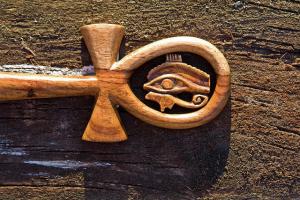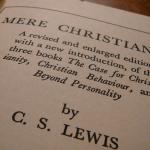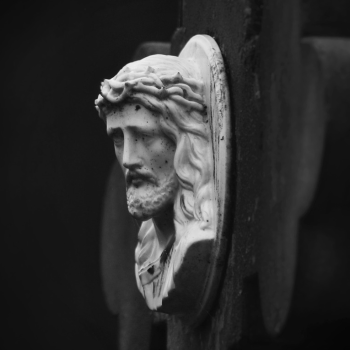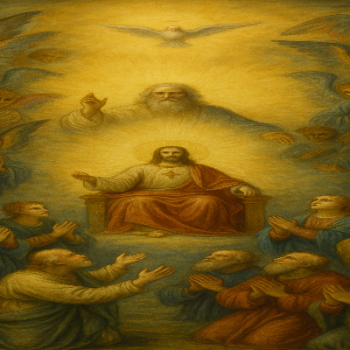
It is no exaggeration to claim that human beings are religious animals. Any exhaustive study of human cultures and societies must consider the various religious practices human beings have created and engaged in. Indeed, it is nearly impossible to divorce anthropology and religion. A consequence of human religiosity is the practice of rituals.
The term ritual can denote a vast number of matters, from weddings to funerals, and are ubiquitous in every culture in human history. Ritual, of course, has a significant role in the biblical faiths of Judaism and Catholicism. In this paper, I will explore the nature of ritual and place it within the broader context of Catholic liturgy.
From the perspective of anthropology, ritual can be defined as an act or series of regularly repeated acts that embody the beliefs of a group of people and create a sense of continuity and belonging. They also feature a sequence of activities involving gestures and words performed as well as objects used in a specific place or time and according to a set order. (Davis-Floyd, Robbie E. Birth as an American Rite of Passage. Univ of California Press, 2004).
While rituals may take various forms, the underlying purpose of all rituals is to provide a line of demarcation between the profane and the sacred. Of course, that line between the profane and the sacred will almost always differ from one culture and time to another. Within the context of religion, rituals are of great importance. Its significance is underscored by the fact that every society in human history has engaged in religious practices that utilize various rituals.
Therefore, it is not surprising that the Bible has much to say about rituals. The Old Testament depicts various rituals and practices necessary for atonement and purification. Examples often involve the slaughtering of animals as a means to atone for one’s sins. “The flesh is in the blood, and I [God] have given it for you on the altar, go make atonement for your souls, for it is the blood that makes atonement by the life.” (Leviticus 17:11). Because of this, the Israelite priests sprinkled the blood of the sacrificed animal on an altar. The animal was then eaten as part of the ritualistic meal.
Rituals were also of significance in relation to purification. Purification was necessary when one became “unclean.” This occurred when one engaged in certain acts, such as coming into contact with a dead body. Significantly, since one could not participate in ancient Israelite society unless one was considered “clean,” the ritual surrounding purification was of immense importance. Purification practices included immersion in water and even separation from society for a short period.
Of course, the depiction of rituals is not limited to the Old Testament. Indeed, if one recognizes Catholicism as the fulfillment of Judaism, it should not be surprising that many Old Testament rituals influenced the nascent Christian movement. Understanding Catholicism as the successor to Judaism is underscored by Christ’s own words. “Do not think that I have come to abolish the law or the prophets. I have come not to abolish but to fulfill.” (Matthew 5:19). The law that Christ refers to is the Torah, and it is the Torah that contains the rituals so important to ancient Judaism.
Any effort to discuss the rituals present in Catholicism requires that the rituals be placed within the broader horizon of the sacrificial system and the priestly offices. The sacrificial system utilized by the ancient Israelites is not so much done away with by Catholicism as transformed and perfected. An example of this is the scapegoat, as depicted in the book of Leviticus.
Following an elaborate series of rituals, a priest (in this case, Aaron) would place his hands on the “Head of the live goat and confess over it all the iniquities of the people of Israel, and all their transgressions, all their sins.” (Leviticus 16:21). Compare this ritual to the words of John the Baptist when he sees Christ. “Behold, the Lamb of God, who takes away the sin of the world.” (John 1:29). And, again, the words of the priest at a Catholic Mass at the invitation to communion, “Behold the Lamb of God, behold him who takes away the sins of the world.”
If we recognize the various rituals within the Bible as efforts to obtain and maintain holiness, we can take a climactic approach to the Catholic liturgy. This might be best done by highlighting one more ritual, that of the sacramental meal. The Jewish custom of the seder meal celebrating the Passover is transformed and perfected in the Eucharist.
In the Eucharist, Christ becomes the Passover lamb that takes away the sins of the world. Moreover, since Christ is both God and a sinless human, He is the perfection of the atonement rituals of the Old Testament.
In a sense, the liturgy of the Catholic Church is composed of a litany of rituals that lift up and perfect the rituals that were part of the old covenant. As we have seen, this is no more evident than in the sacrament of the Eucharist.
I have suggested three propositions in this essay. First, human beings are religious creatures, and second, religion entails ritual. It seems to me that these two propositions are objectively true and borne out by human history. Finally, I have argued that the rituals incorporated into the Catholic liturgy transform and perfect the Old Testament rituals and practices.
Human beings seek to worship, which is nothing more than the acknowledgment of the highest good. Whether that good is God or another perceived good, worship involves ritual. Said differently, human beings are religious creatures, and religion seeks as its objective the worship of God using various rituals. In that case, the practice of worship is the practice of rituals.













